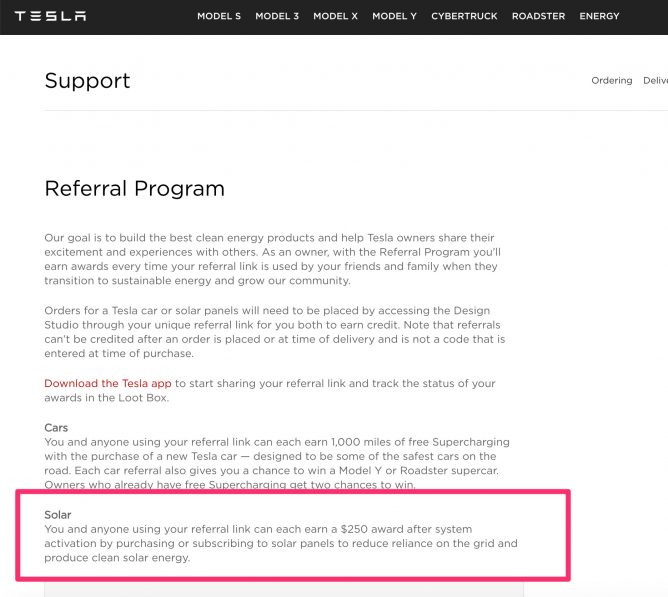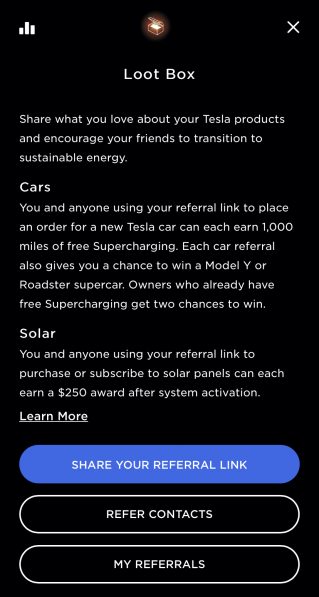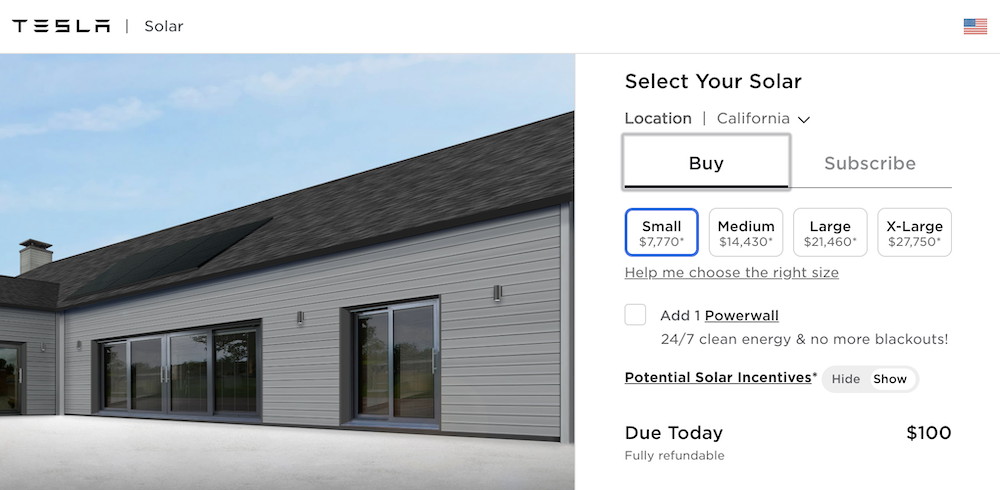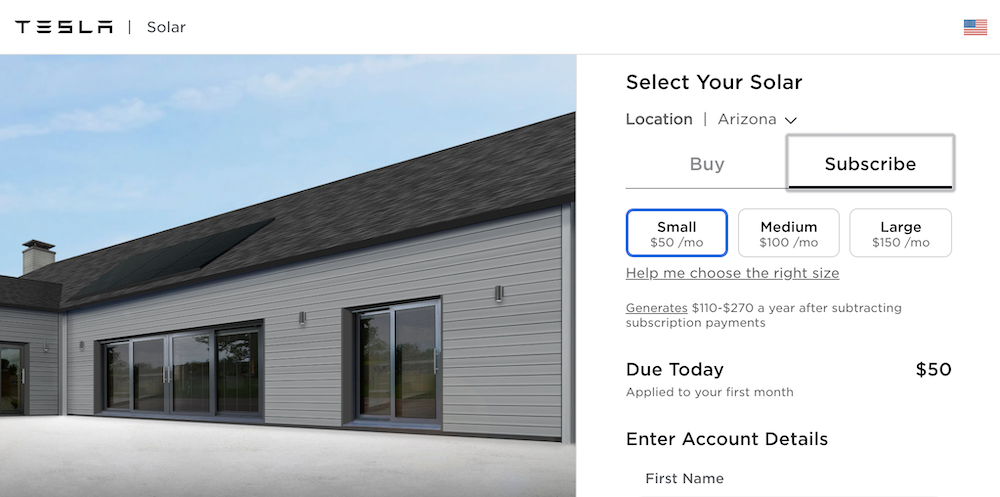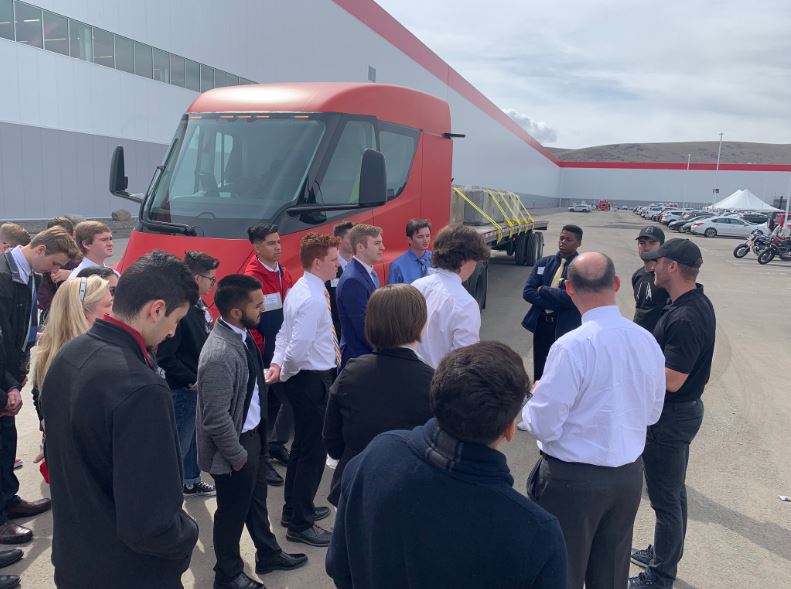It took some time, but it appears that Tesla’s Solarglass Roof ramp is accelerating. Amidst Elon Musk’s recent tweets about the solar shingles on Twitter, the company has started making preparations that would allow it to expand its Solarglass Roof installations to more areas in California.
Recent job openings in Tesla’s Careers page indicate that the company is looking to hire Solarglass Roofers at an Open House from February 18th to the 21st at its office in Chatsworth, CA. The full-time position will require the applicant to join Tesla’s “Energy Field Operations team,” who are tasked with the installation of Tesla’s Solarglass tiles on residential homes in California. Following is the job description of the post on Tesla’s website.
“The Solarglass Roofer will be part of Tesla’s Energy Field Operations team. The ideal candidate will work cooperatively with other team members to successfully complete residential re-roofs and Solar Roof installations safely and on time. It is the responsibility of every Solarglass Roofer to ensure safe work practices for the team. New hire training and continued training will be provided.”
The Solarglass Roof is currently being installed in California’s San Francisco Bay Area for now. It seems that Tesla may be planning to expand its installation territories sooner rather than later as it is looking to hire a considerable workforce to assist in installing solar energy systems in the state.
California is not only the home of Tesla but also the home of a considerably large solar investment tax thanks to the state’s incentive programs. California homeowners who install solar energy systems on their homes receive a 26% tax credit toward the system’s purchase cost from January 1 to December 31, 2020. This incentive will drop 4% to 22% in 2021 and will eventually be abolished in 2023.
California boasts a large residential solar market. The state is home to over 1 million solar energy systems, some of them being from Tesla. While the company’s home state is currently the only place where the Solarglass Roof is available, Tesla plans to expand installations to the rest of the U.S. and Canada in the near future.
“The demand is very strong and we are working also not just through Tesla Solar Roof, but also through new homebuilders and through just the roofing industry in general, whether is in North America on the order of 4 million new roofs per year,” Elon Musk said during the 2019 Q4 earnings call.
Tesla rolled out a Solar Subscription program in August 2019 for those interested in renting the company’s energy systems. It allowed customers to utilize solar energy for a reduced cost and no long-term contract.
The ramp of Tesla’s solar energy team will allow for more installations as the company aims to widen its region of where solar is available. The growth of the energy portion of Tesla will increase the company’s impact on sustainability, letting people get power from the sun in a clean and environmentally friendly way.

(adsbygoogle = window.adsbygoogle || []).push({});
<!–
–>
var disqus_shortname = “teslarati”;
var disqus_title = “Tesla Energy is setting the stage for a Solarglass Roof installation ramp”;
var disqus_url = “https://www.teslarati.com/tesla-energy-solarglass-roof-ramp/”;
var disqus_identifier = “teslarati-129891”;

